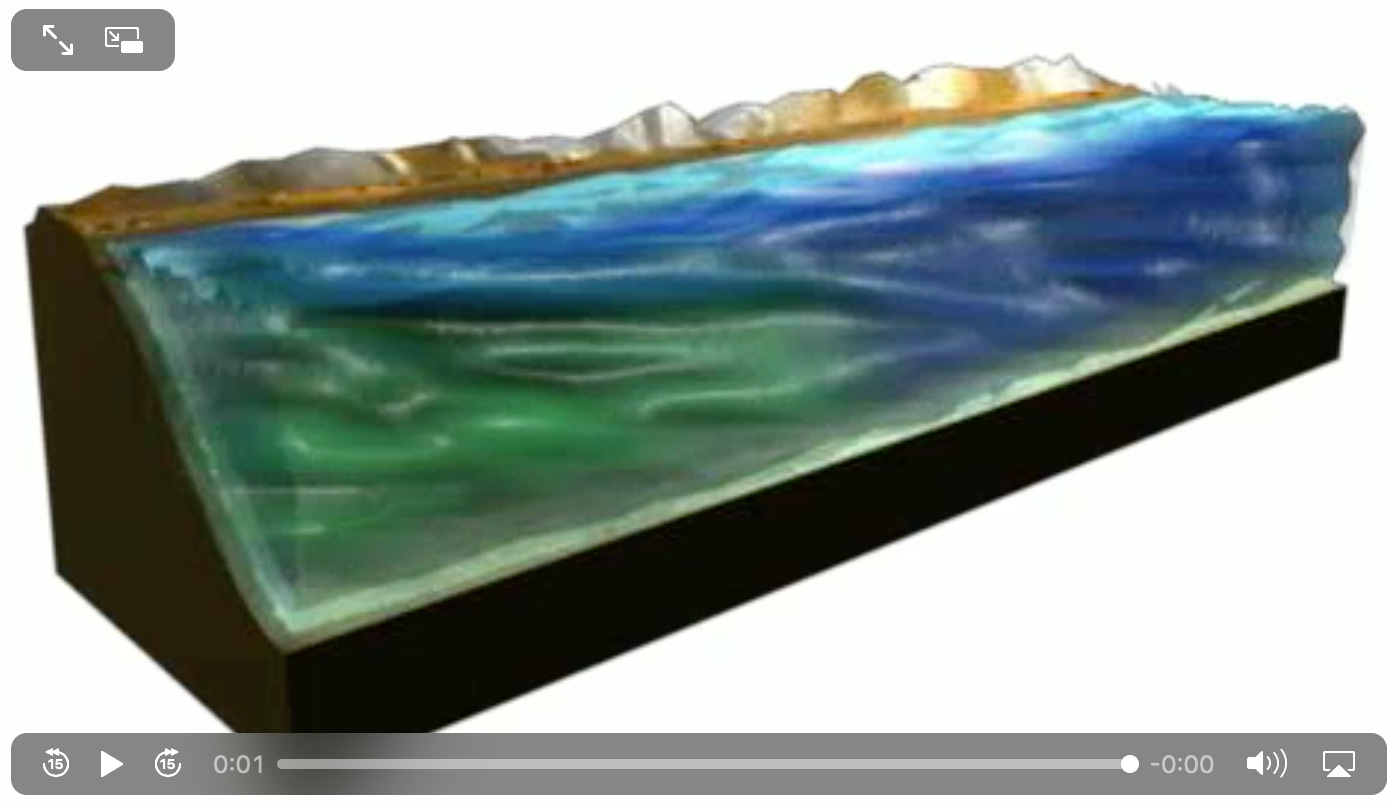Glynn, Margot and Martha
Behind the boy, two suntanned and leggy little girls, blond girls, so alike that I blinked and rubbed my eyes when I saw them, came walking into view, turning the corner from the street where Grandfather lived. They were wearing tiny white shorts and yellow halter tops. When they saw the rascal, they nudged each other and whispered.
“Do Clams Bite?”
This is the first appearance of M&M, the grin twins. They figure most prominently in At Home with the Glynns and Herb ’n’ Lorna. As I write this, they are in their studio, planning or plotting their next piece of unauthorized public art.
Falling, Stumbling, Tripping; Laughter
I knew at once what they were plotting; they were going to push him into the water. He was watching Rambunctious, and they were so stealthy that he didn’t seem at all aware that they were sneaking up on him. I began making signs to warn him. I tried to be subtle, so that my gestures wouldn’t attract their attention. I cupped a hand and pointed my finger into it. That was supposed to mean “Look behind you.” He looked into his hand. I made a pushing motion with both hands. He looked at both his hands. I stood up on the stern and made the same motion. He repeated it. I made a much more exaggerated version of the shoving motion and then took the role of the victim, pantomiming losing my balance, waving my arms in a vain attempt to recover it, and falling into the water.
“Peter!” shouted my father. “Hey, Dad! Stop! Peter fell in!”“Do Clams Bite?”
Observe . . . that it is with his tears that man washes the afflictions of man, and that it is with his laughter that sometimes he soothes and charms his heart. . . .
To take one of the most commonplace examples in life, what is there so delightful in the sight of a man falling on the ice or in the street, or stumbling at the end of a pavement, that the countenance of his brother in Christ should contract in such an intemperate manner, and the muscles of his face should suddenly leap into life like a timepiece at midday or a clockwork toy? The poor devil has disfigured himself, at the very least; he may even have broken an essential member. Nevertheless the laugh has gone forth, sudden and irrepressible. It is certain that if you care to explore this situation, you will find a certain unconscious pride at the core of the laugher’s thought. That is the point of departure. “Look at me! I am not falling,” he seems to say.
The man who trips would be the last to laugh at his own fall, unless he happened to be a philosopher, one who had acquired by habit a power of rapid self-division and thus of assisting as a disinterested spectator at the phenomena of his own ego. But such cases are rare.Baudelaire, “On the Essence of Laughter,” reprinted in The Painter of Modern Life and Other Essays, translated by Jonathan Mayne
Bolotomy River, Estuarial Stretch of the
I was surprised, when I came up with a mouthful of water, to find that the water was sweet and clean. I looked across the river and noticed a small stream. The tide was going out, and I thought I could see the water from the stream flowing out on top of the receding mix of Bolotomy and bay water. It was smooth, soft, a coat of quicksilver poured over the gray-green and turbid water below it. I paddled around a bit, sampling the water from time to time. I heard applause, and found the rascal standing between the girls at the edge of the bulkhead, laughing and applauding me. I smiled and waved at them.
“Do Clams Bite?”
Once or twice a day, high tides create saltwater currents that move seawater up into [an] estuary. Low tides, also once or twice a day, reverse these currents. . . . When fresh water and saltwater meet in an estuary, they do not always mix very readily. Because fresh water flowing into the estuary is less salty and less dense than water from the ocean, it often floats on top of the heavier seawater. The amount of mixing between fresh water and seawater depends on the direction and speed of the wind, the tidal range (the difference between the average low tide and the average high tide), the estuary’s shape, and the volume and flow rate of river water entering the estuary.
National Oceanic and Atmospheric Administration, “Classifying Estuaries: By Water Circulation”
[more to come on Tuesday, June 22, 2021]
Have you missed an episode or two or several?
You can catch up by visiting the archive.
You can also download a free ePub of “My Mother Takes a Tumble,” the first novella in Little Follies. It should be readable in any e-reader app, but I’ve found that it looks best in Apple’s Books app viewed on an iPad.



